Artificial Skin for Mobile Devices
Skin-On Interfaces are devices that augment existing devices with realistic skin
Human skin is the best interface for interaction. I propose this new paradigm in which interactive devices have their own artificial skin, thus enabling new forms of input gestures for end-users.
You can buy Skin-On open-source hardware kit at https://muca.cc.
More info about the project, or request for more media? Email contact@marcteyssier.com, download the HD pictures and the HD video (without captions: link).
Skin-On Interfaces is a research project made by Marc Teyssier, Gilles Bailly, Catherine Pelachaud, Eric Lecolinet, Andrew Conn and Anne Roudaut.
This research was conducted at Bristol Interaction Group, in Bristol UK. Researchers are from Telecom ParisTech, HCI Sorbonne Université and CNRS.
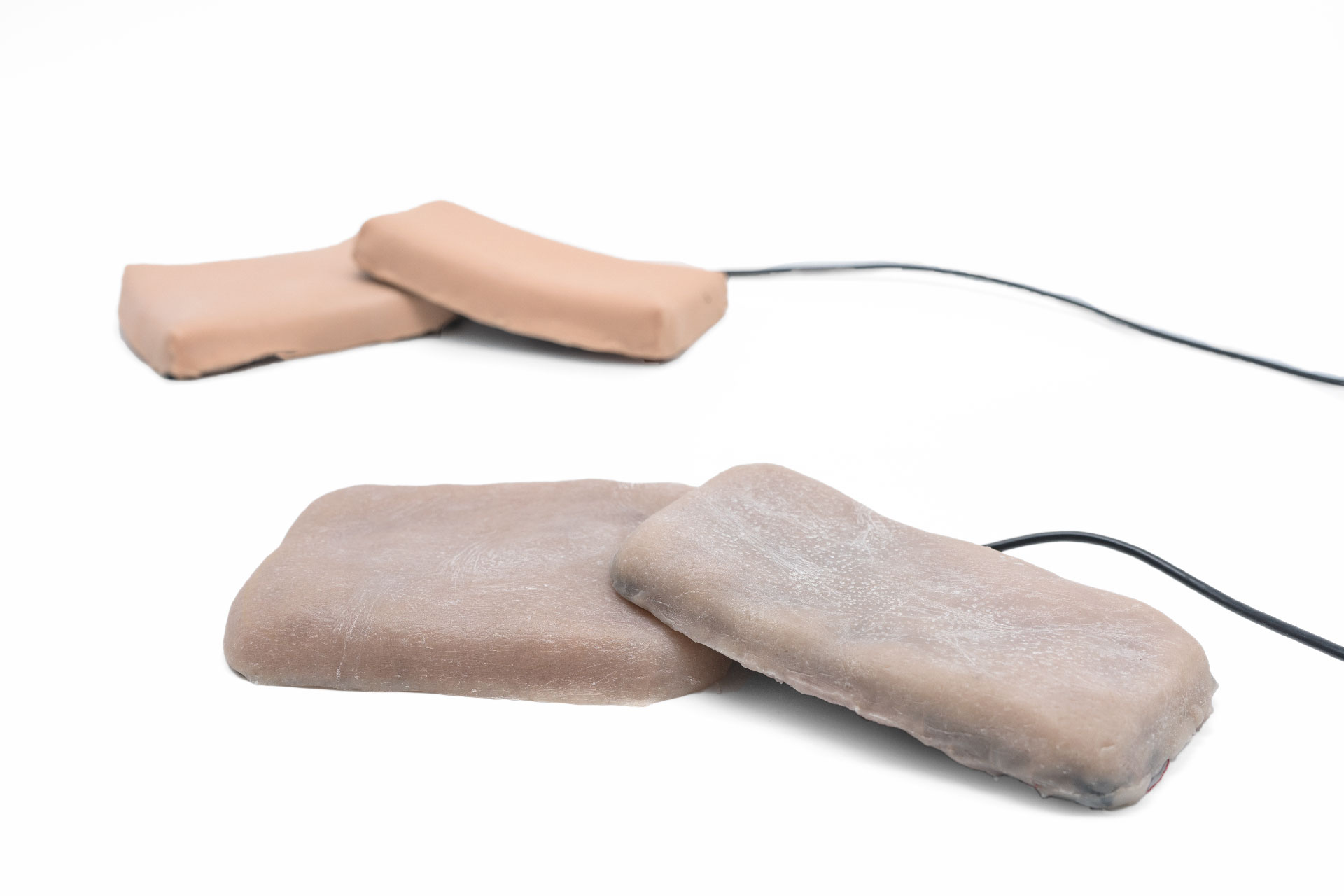

What is Skin-On Interfaces?
Skin-On Interfaces are sensitive skin-like input methods that can be added to existing devices to increase their capabilities.
When we interact with others, we use skin as interfaces. However, the objects of mediated communication - such as the smartphone - still has a cold interface that doesn't allow natural interaction and input.
In this project, I wanted to make available the perfect human interface that is the skin for existing devices.
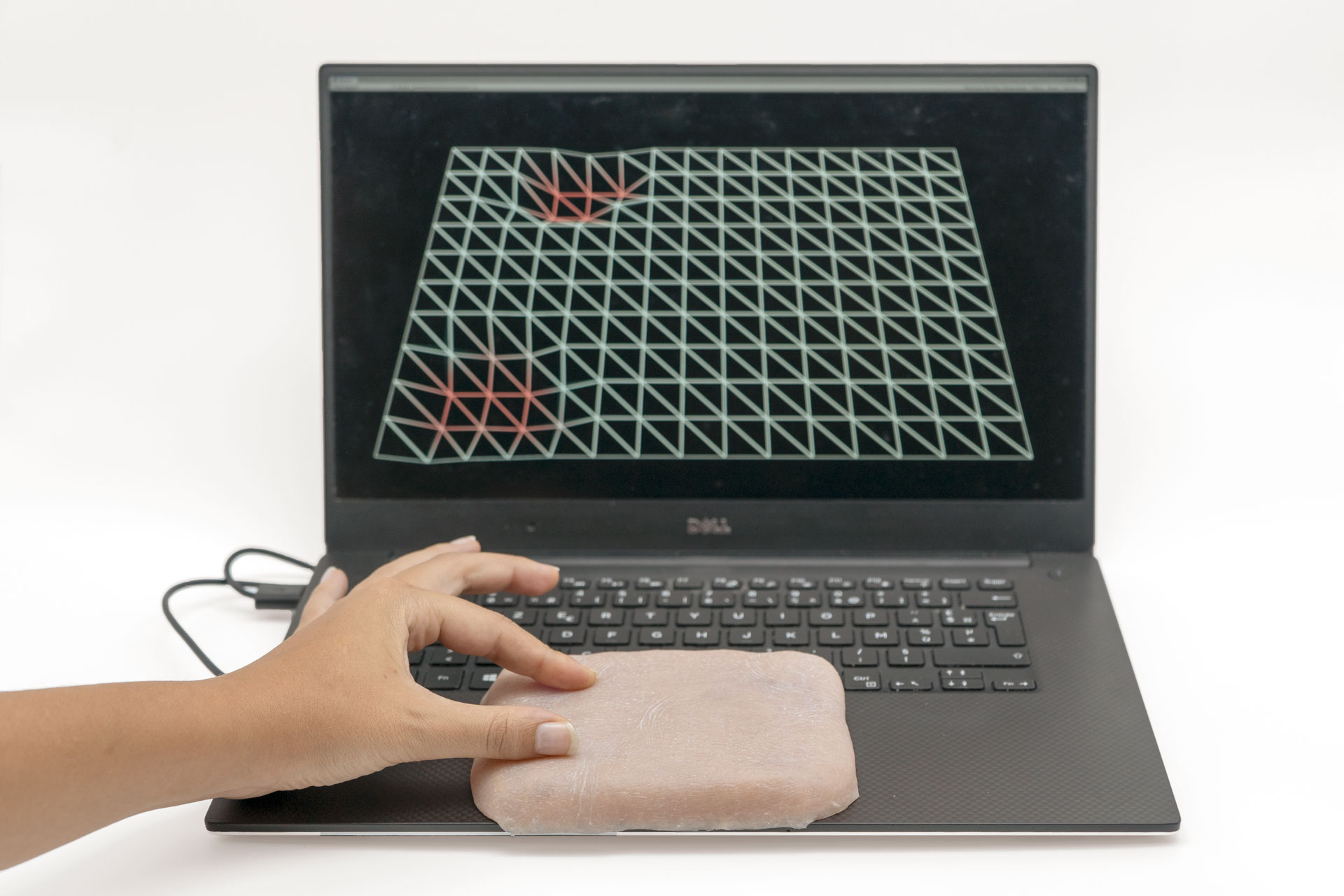
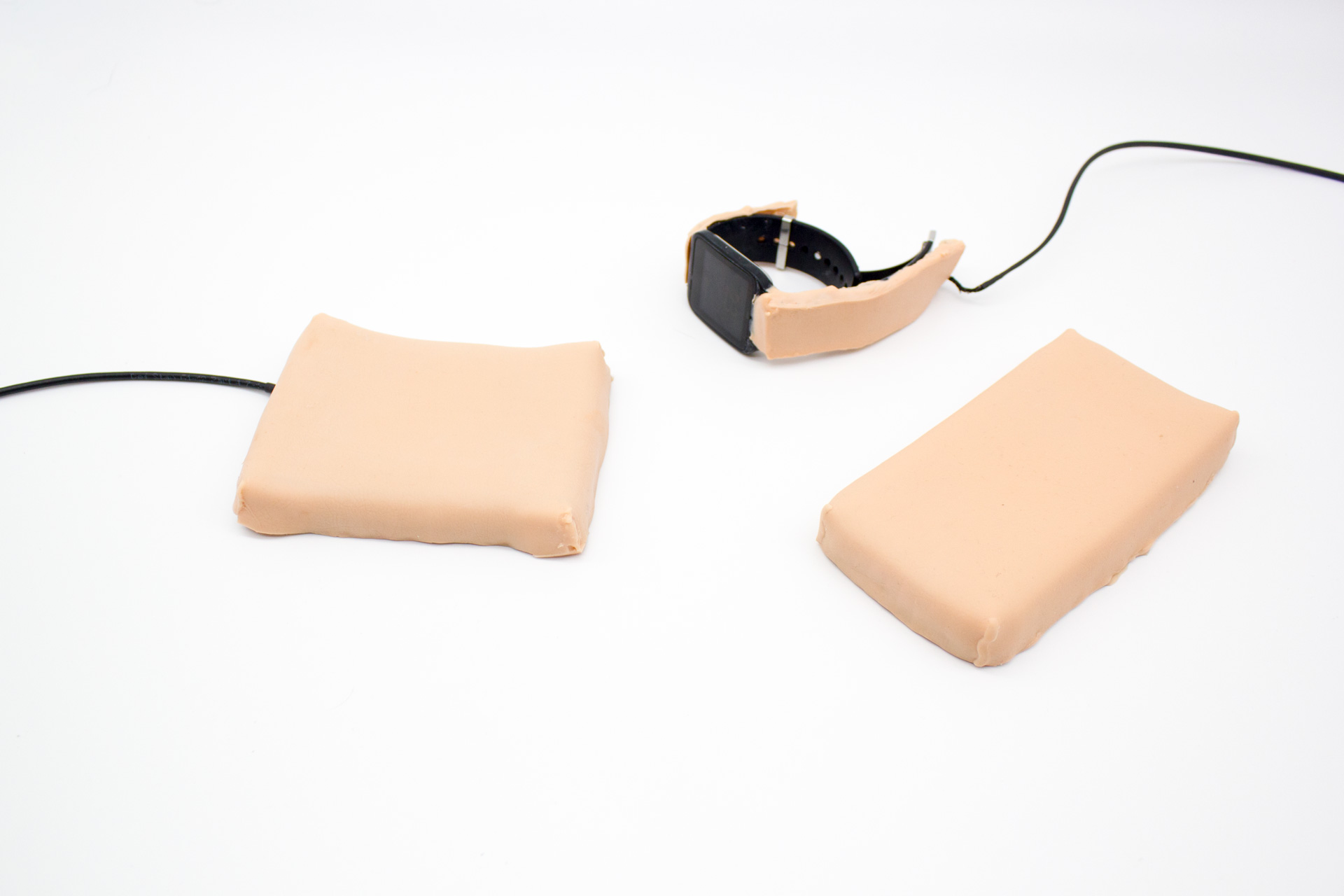
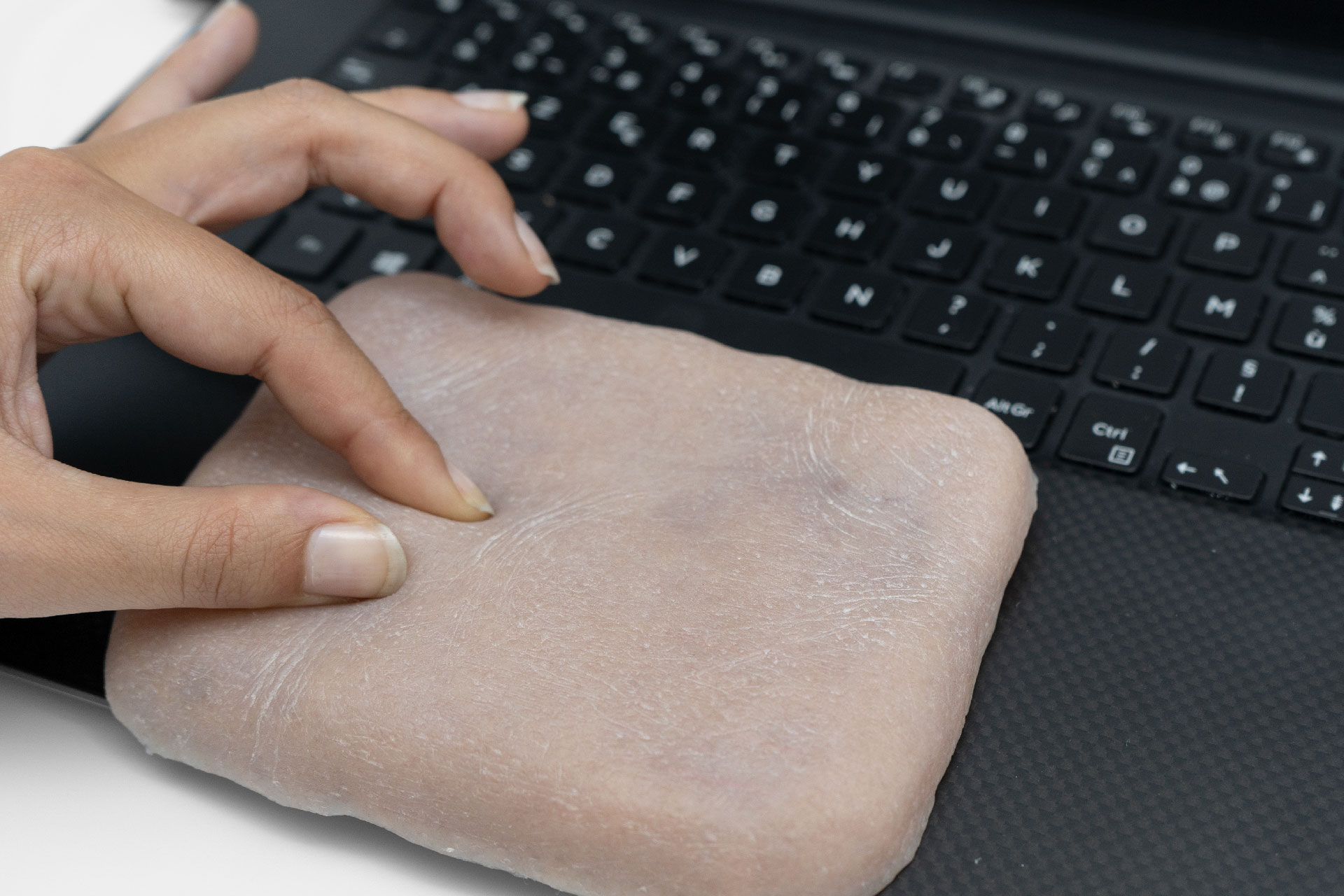
Reproducing the skin layers

I followed a bio-driven approach where I took inspiration from the human skin to design the perfect artificial skin.
- From a sensory point of view, I study how to reproduce the visual, tactile and kinesthetic aspects of the human skin. I used the silicone to mimic the skin deformability with reference to relevant literature. I investigate how visual factors (color) and haptic factors (texture and thickness) impact user experience and the perception of realism.
- From a gestural point of view, I explore how gestures naturally performed on the skin can be transposed to Skin-On interfaces. I use this knowledge to propose a series of gestures that are desirable for Skin-on interfaces (e.g. multitouch touch, pressure and complex gestures such as strokes, stretching or grabbing).
- From a sensing point of view, I try to reproduce a skin sensing layer that can track natural gestures with a spatial acuity comparable to human skin.
Easy fabrication process for replication

The fabrication process is fairly simple and can be reproduced easily by other researches and HCI practitioners. You can find a more detailed version here.
1. Creating the top textured layer. The epidermis layer is built by pouring DragonSkin silicone with beige pigments on a skin-like texture mold.
2. Positioning the electrodes. Once cured, the top layer is positioned on a pane, with the texture facing down. I used conductive yarn (Datastretch) placed in a perpendicular grid on top of the artificial epidermis to form the electrodes.
3. Adding hypodermis. We prepare a rectangular mold of the size of the desired artificial skin and place it on top of the sensing layer. The hypodermis viscous silicone layer of Ecoflex Gel is poured inside the mold to reach the desired fat thickness, i.e. 10mm in this example.
4. Connecting electronics. The electrodes are then connected, i.e. they are soldered to the hardware sensing platform. Buy it here.
5. Shaping the Skin-On. To improve the visual appearance of the interface, the excess of silicone can be trimmed before being folded around the side of the hypodermis layer and glued with silicone glue. Paint or makeup can be added to shade the artificial skin with flesh like tonal variation, thus increasing anthropomorphism.
Trial and errors
The fabrication process went through a lot of trial and errors, resulting sometimes
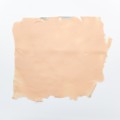
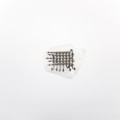
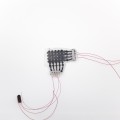

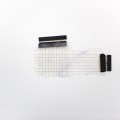
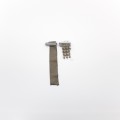
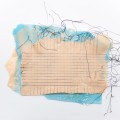

Open-Source and Open Hardware
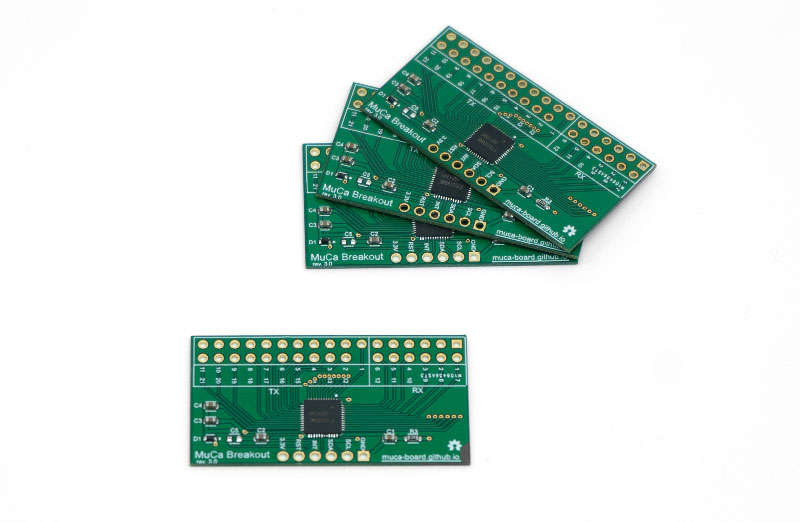
I developed an Open Source and Open Hardware multitouch controller to enable DIY fabrication of multi-touch interfaces on unconventional surfaces such as human skin: The MuCa-Breakout. Buy it here.
The breakout is composed of a controller which allows for connecting 12 sensing electrodes and 21 transmitting electrodes. Any conductive electrode with an unusual shape or using unusual material can be used for sensing and transmitting. The touch controller can transmit the raw electrodes data or 5 multi-touch coordinates via i2C, to any micro-controller. You want to try one unit? Contact me!
You can buy Skin-On open-source hardware kit on https://muca.cc
More information
The communication between the arduino and the devices is done in Unity thanks to Uduino.
Skin-On Interfaces is published in UIST 2019, 31st ACM User Interface Software and Technology Symposium
Please reach me via email contact@marcteyssier.com or Twitter @marcteyssier
Image Gallery
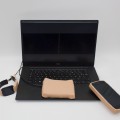

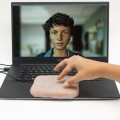
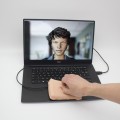
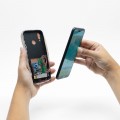
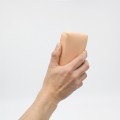
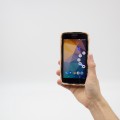
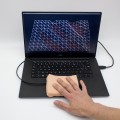
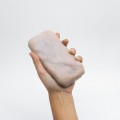
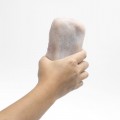
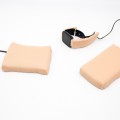
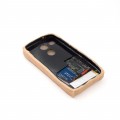
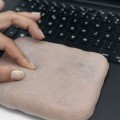
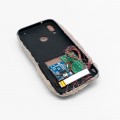
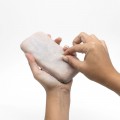

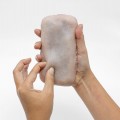
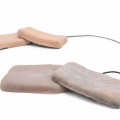
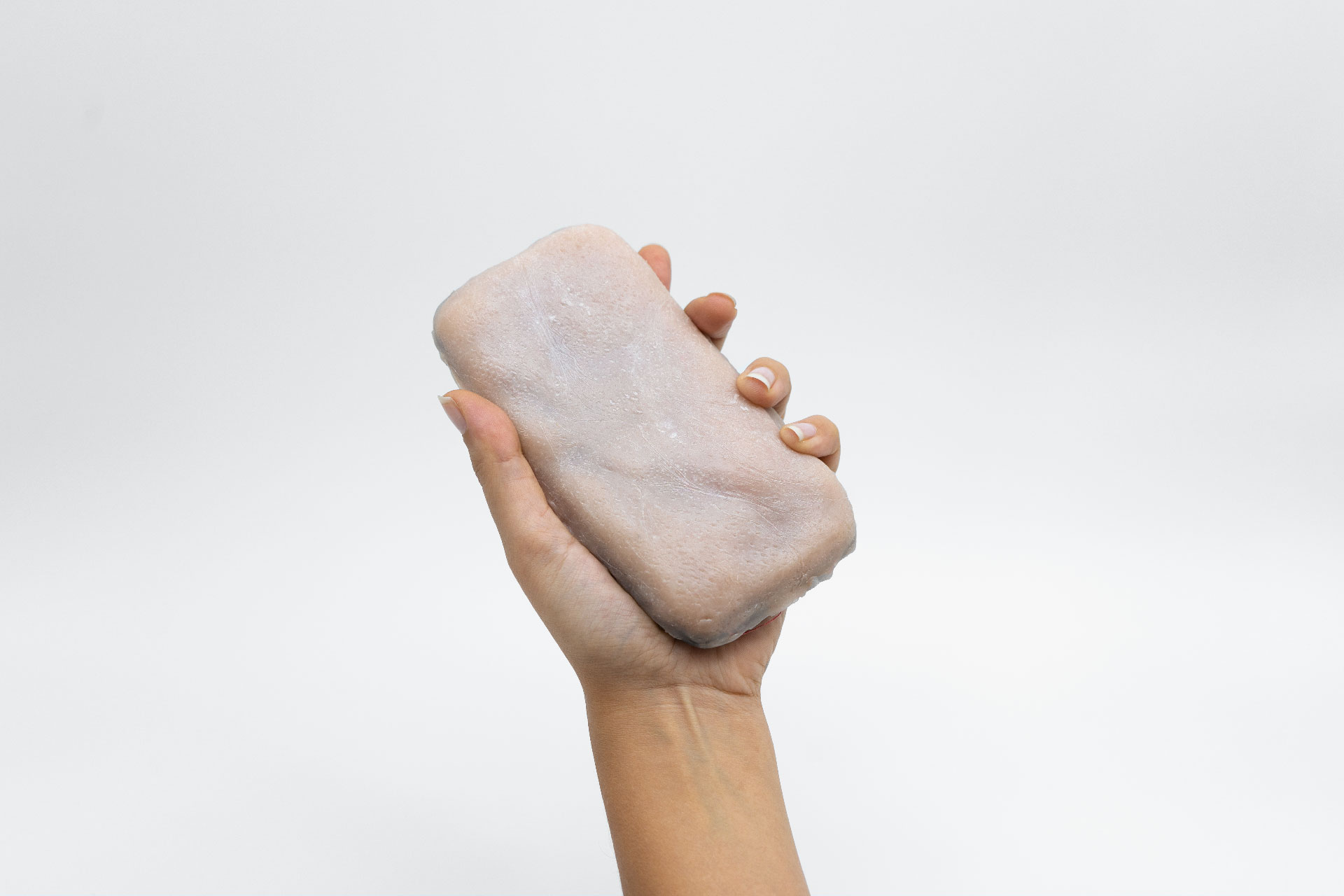
Publication
Skin-On Interfaces: A Bio-Driven Approach for Artificial Skin Design to Cover Interactive Devices Marc Teyssier, Gilles Bailly, Catherine Pelachaud, Eric Lecolinet, Andrew Conn, Anne Roudaut UIST 2019 Conference Proceedings: ACM User Interface Software and Technology Symposium; 10/2019 PDF ↵
Medias
Skin-On - High-resolution pictures
SkinOn - Download the HD video: Full version (280 Mo), without captions(280 Mo)
Press
New Scientist, Creepy human-like skin makes your phone ticklish and pinchable, Oct 19 2019
Independant, Scientists create 'artificial skin' that could make smartphones ticklish, Oct 20 2019
CNET, A phone cover with humanlike skin? It's ticklish... and creepy, Oct 22 2019
BBC, Feely finger phone crawls across desk, Oct 20 2019
CNN, This phone case looks and feels like human skin, Oct 18 2019
Other Skin-On Press: Popular mechanics, News Hub, Mashable, iNews, FoxNews, DailyStar, Digital Trends, USA Today, Boingboing, Standard, DesignBoom, Metro, News18, daily mail, ssky, independent, indianexpress, digitin, Her, Science daily, NewsHub, Creative Bloq, Futurism, Evening Standard, The Sun, CNN, SyWy Wire